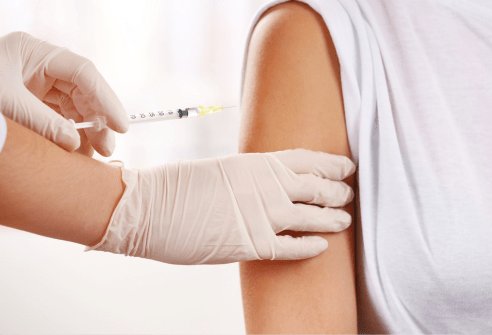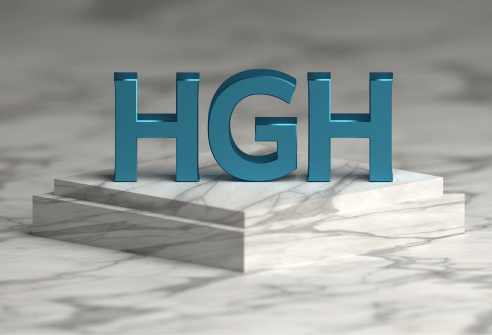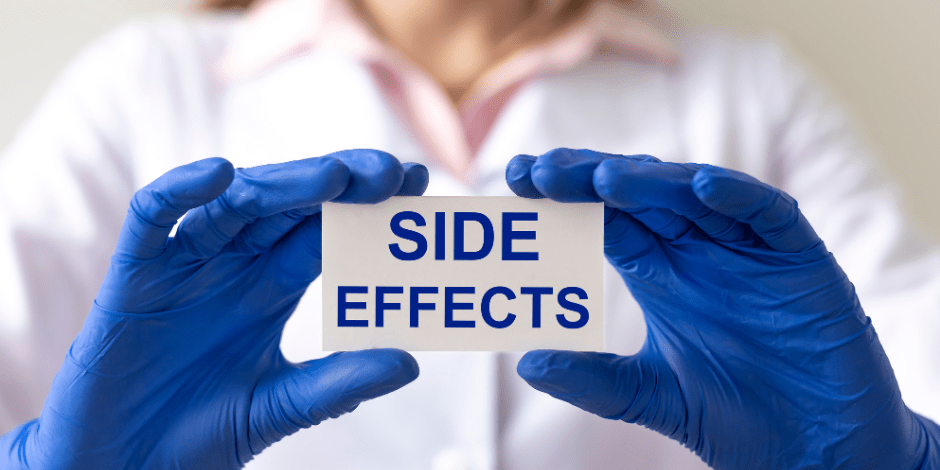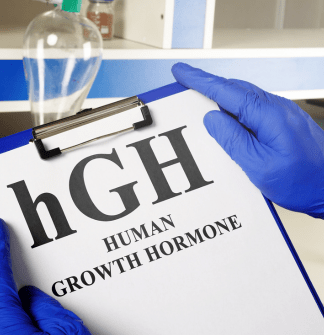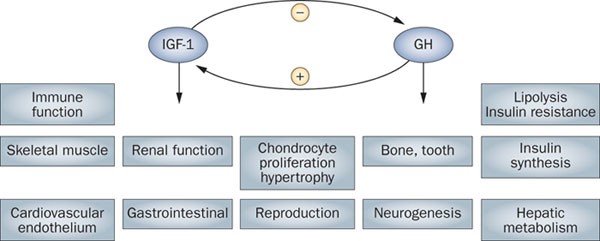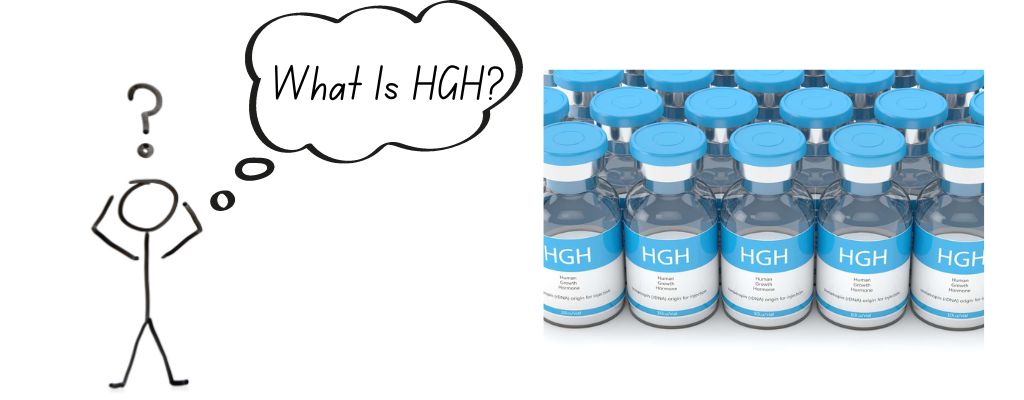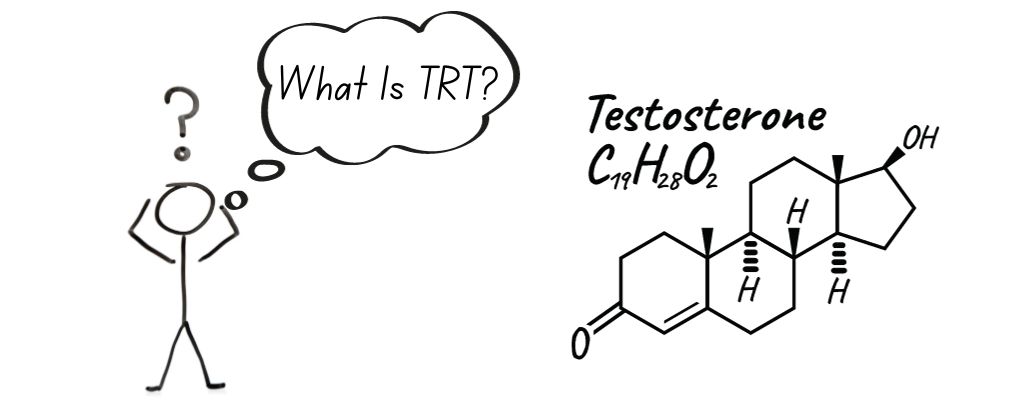Does HGH Increase Penis Size?
Human Growth Hormone (HGH) is a key biological molecule involved in growth and development processes. Although it is well known for its role in height and muscle growth, questions about its impact on penis size remain prevalent. Scientifically, there is no conclusive evidence linking HGH treatments to increased penis size in adults. However, HGH has shown to increase penis size in young boys or those with growth hormone deficiencies.
The Role of HGH in the Body
Human Growth Hormone (HGH) is produced by the pituitary gland and is critical for growth in children and metabolic functions in adults. HGH stimulates the production of insulin-like growth factor 1 (IGF-1), which in turn promotes the growth of cells and tissues throughout the body. Although HGH is associated with growth, its effects on the penis, particularly post-puberty, are not supported by significant scientific evidence. Instead, its growth-promoting effects are generally observed during the developmental stages of an individual.

HGH and Sexual Health
HGH has a notable influence on sexual health, affecting libido and sexual performance. As men age, natural HGH levels decline, which can lead to decreased libido and other symptoms of sexual dysfunction. Although synthetic HGH can boost sexual desire and performance, it does not specifically increase penis size. Benefits of HGH for sexual health include improved libido, increased stamina, and potentially enhanced quality of erections, primarily through its overall beneficial effects on energy and well-being.
Scientific Evidence on HGH and Penis Size
While Human Growth Hormone (HGH) is predominantly known for its role in overall growth and development, some specific studies have highlighted its potential effects on penis size, particularly in certain medical contexts. Research has shown that in young boys or individuals with growth hormone deficiencies, HGH therapy can contribute to increases in penis size. For example, a study indicated that HGH treatments resulted in penile growth in prepubertal boys who exhibited growth hormone deficiencies
Furthermore, another study focused on boys with micropenis conditions, demonstrating that HGH was effective in increasing the size of the penis to a near-normal range during the prepubertal period. These findings are particularly important for medical treatments in younger individuals with specific growth-related deficiencies.
However, it is critical to note that the evidence supporting the effectiveness of HGH in altering penis size does not extend beyond the context of such medical treatments in prepubertal individuals. There is no substantial scientific evidence suggesting that HGH can affect penis size in adults or post-puberty. The effects observed in specific younger populations with hormonal deficiencies or congenital conditions do not generalize to older adults or those without these conditions. Thus, the application of HGH for the purpose of increasing penis size in the general adult population is not supported by scientific research.
HGH Usage, Dosage, and Side Effects
When prescribed by a healthcare provider, Human Growth Hormone (HGH) dosage varies based on the specific needs and health conditions of the individual. Typically, HGH is administered through injections under the skin or into a muscle, and the dosage is carefully calibrated to avoid side effects. For growth hormone deficiencies, doses are generally tailored to the severity of the condition and the patient’s body weight.
However, the use of HGH, especially when not medically necessary or prescribed by a doctor, can lead to a range of side effects. Some potential side effects include:
- Joint and muscle pain: Prolonged use can lead to discomfort and pain in muscles and joints.
- Edema: Swelling due to fluid retention, particularly in the arms and legs.
- Carpal tunnel syndrome: A condition that causes numbness and tingling in the hand and arm.
- Increased insulin resistance: This can potentially lead to type 2 diabetes.
- Risk of certain cancers: Some studies suggest a correlation between HGH excess and certain types of cancer.
It is essential for individuals considering HGH therapy to consult with healthcare professionals at reputable clinics such as Empower Men’s Health Clinic to discuss the potential benefits and risks, ensuring that the treatment aligns with their specific health needs.
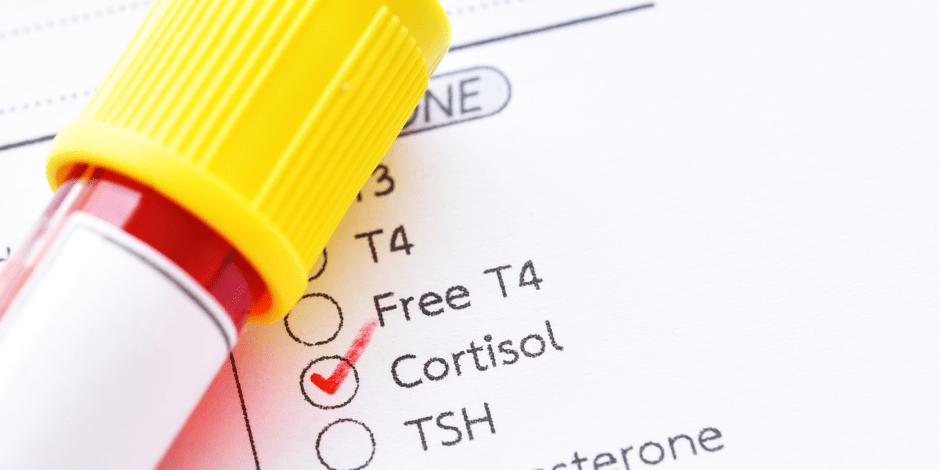
Alternatives and Supplements
For individuals concerned about penis size or sexual health, there are several alternatives to consider rather than HGH. These include psychological counseling, lifestyle changes such as diet and exercise, and other medical treatments like PDE5 inhibitors for erectile dysfunction. Additionally, certain supplements and vitamins may support overall sexual health, though they should be used cautiously and under medical advice.
Reach out to Empower Men’s Health Clinic for your HGH needs
In conclusion, while HGH has various health benefits and plays a crucial role in growth and metabolism, its effects on increasing penis size in adults are unsupported by science. The research supporting HGH’s influence on penile growth primarily applies to prepubertal boys with specific medical conditions, such as growth hormone deficiencies or micropenis. For adults, the application of HGH for penis enlargement lacks substantial scientific backing and is generally deemed ineffective.
Individuals interested in exploring treatments for concerns regarding penis size or sexual health should approach with caution and seek professional medical advice. At Empower Men’s Health Clinic, we are dedicated to providing evidence-based treatments and comprehensive care tailored to men’s health needs. Our team of experts is available to guide you through safe and effective options for enhancing your well-being and addressing your concerns.


